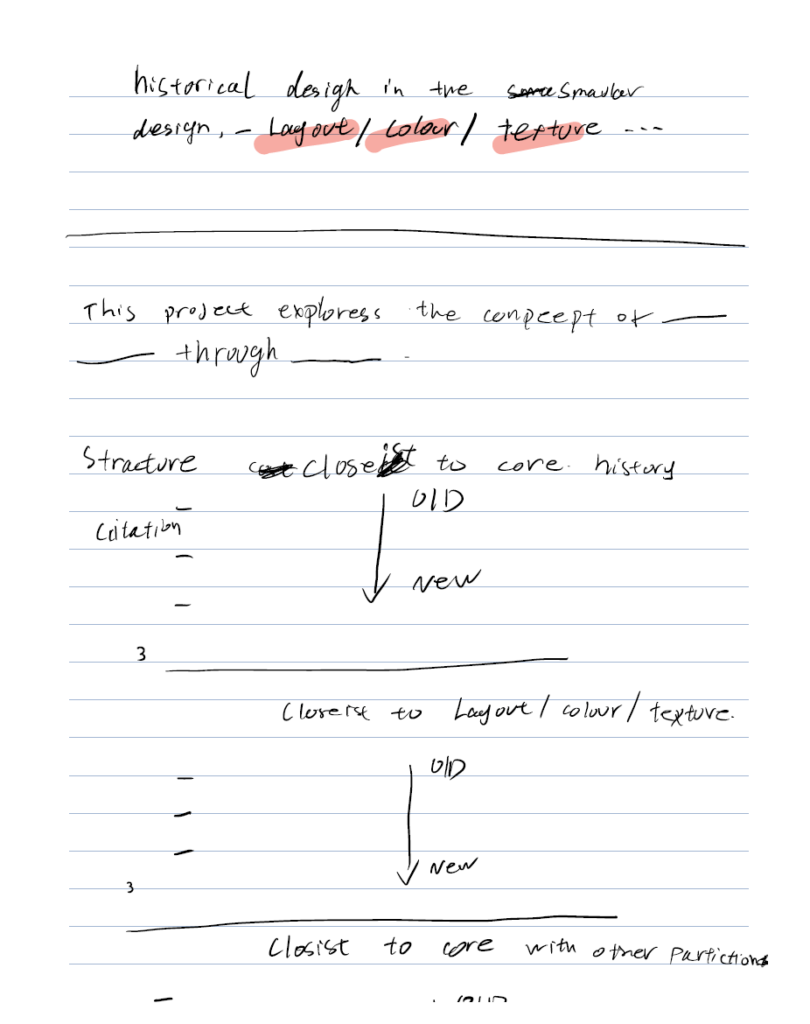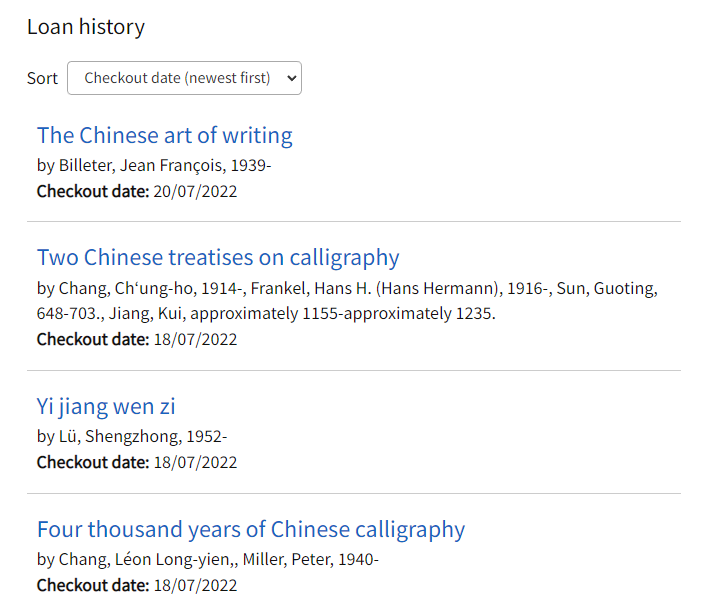GRAD703 – Week 04
Waves, The building blocks of Chinese characters
Lecture thinking
The Culture of Academic Rigour: Does Design Research Really Need It? Is an intro to the lecture, and it kept me thinking, How can design be academically aligned? (Consistency of writing from different areas of design and being able to share the structure and finding systematically) From What I can tell and my understanding of academic writing, creative design can not be formulated due to the nature of its process, so how can academic writing be done within the creative field? The lecture mainly focuses on how university design study values more toward the areas that are outside of design, such as social rights, humanity, society, etc. By making the connection between design works and the greater needs of society, design can be more than an advertisement tool, and the creative sector can expand to other places.
- After the lecture, I still wasn’t satisfied with the answer. So I read the source, which did not fully help answer my questions. But I do like some of the ideas and explanations within the paper. They greatly helped in clearing out some of the wording.
I like they use diagrams to demonstrate the idea of why essay writing is not that useful in creative work. The two axes show from strong to weak between factuality and experience, and rhetorical model of representation and autodidactic modes of expression. The graph’s example shows how the third person writing limited self-expression and involvement, and the experiences are hard to prove with substantial causation.
I was also baffled by the word “Rigour” in the title, and by translation, it means something with extreme accuracy and preciseness. But I don’t see how it fits the title. When I read the paper, I was right, and John was using pages to illustrate the meaning of rigour, from Newton’s first law of Motion to characterised each “rigour” different keywords. I like what they mention:
Our desire to believe in ‘rigour’ coincides with a popular idea of rigidity as a paradigm of the so-called ‘real’ world. Even when quantum physics and Chaos Theory have become topics of popular interest, we continue to speak of ‘firm foundations’ and use metaphors such as ‘concrete’, and ‘material’ to elevate the status of thoughts and opinions. (p. 47)
During the lecture, we talked about the contextual statement. how it helps with the development and adds insight to the project.
There are examples from other students that did the same project. I found it very helpful to clarify some ideas of what the contextual document is. But when the lecture progressed, I found that contextual statements are not just centred around the topic and the core idea, but expanded by the keywords.
We also looked into the structure of the contextual chapter.

Class activities
During the class, we read students from master and their Chapter2. We were allocated into groups of 4~6 and began focus-reading with note-taking. I was reading a Chapter that focuses on experimentation with time and photography. The text starts with the study of time and the meaning of continuous stage of something.
Topic related readings
I’ve been looking more from the library, and I found a couple of readings that might help with my research.

Read of the week
Doing a Literature Review by Jeffrey W. Knopf
The paper explains how contextual knowledge is combined. And need to be critical when comes to selecting information. It is important to not only look into the facts and examples listed within the paper or book but also realise there might be misleading information.
The information and statement must be specified in this chapter. The advantage of this chapter is for others to learn the background and topic of the design. It could also provide an overview of the project, which is good for the researcher. It could serve as a refresher and challenge the depth of the subject.
“A literature review should concisely summarize from a set of relevant sources the collective conclusions most pertinent to your own research interests” (Knopf & Jeffrey, 2006).
The chapter examines the already available works, text, and knowledge as the baseline of the work and builds our idea on the issue. It also provides a broader view of one’s perspective, expanding and gathering the information around the topic or issue, therefore, able to enhance our statement.
This read helps with the understanding of the idea behind the chapter and the elements that are required. In addition, examining the existing works can help solidify our project and statement.
References
Wood, J. (2000). The culture of academic rigour: does design research really need it?. the design Journal, 3(1), 44-57.
Knopf, J. W. (2006). Doing a literature review. PS: Political Science & Politics, 39(1), 127-132.